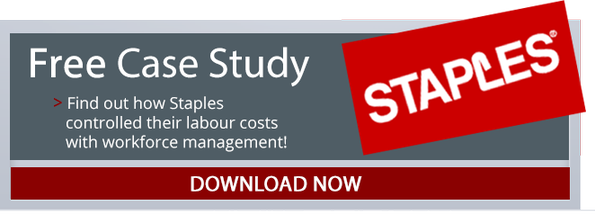 As more workers demand a better work-life balance and businesses reassign more jobs as "remote" positions, managers need to become savvier about managing workers who aren't just down the hall or even in the same country. Remote employees require a special brand of communication and monitoring. Managers who want to excel at managing remote employees need specialized tools to build a strong team.
As more workers demand a better work-life balance and businesses reassign more jobs as "remote" positions, managers need to become savvier about managing workers who aren't just down the hall or even in the same country. Remote employees require a special brand of communication and monitoring. Managers who want to excel at managing remote employees need specialized tools to build a strong team.
Use Collaborative Software
Remote workers can't just pop by the boss' office for a quick question or bounce ideas off coworkers in the same way office workers can. This isolation can sometimes smother innovation without the proper outlet. Collaborative software or project management tools are a great way to foster teamwork and innovation without getting everyone in the same room. Team members can access the same programs and documents, adding and commenting on ideas to improve their work and help their coworkers. Tracking tools help managers watch ideas develop and directions change. Using a workforce management tool that allows collaborative discussion is a great way to encourage teamwork with remote workers.
Build Rapport With Your Team
One of the biggest challenges with remote workers is keeping those employees engaged in the company mission and goals. When working independently, many employees feel disconnected from their team, their company and their workplace goals. Treat remote workers the same as in-office workers. Learn about their home lives, their career goals and their ambitions. Building a strong rapport with remote workers helps managers align employee and employer goals. Take the time to learn more about your remote workers and understand their own ambitions and goals to mold a more productive worker.
Conduct Team Meetings
Just because you manage remote workers doesn't mean your team can't meet. Having a standing monthly or weekly meeting is possible with video conferencing and that face time can be pivotal in building trust and keeping the lines of communication open with your team. Meetings are also a great time for employees to have questions answered and learn more about projects going on within their company. Maintaining an atmosphere of teamwork and inclusion, even when workers are not located in the same building, is pivotal to keeping happy and productive employees.
Employ Monitoring Software
There have been multiple studies that show remote workers are overall more productive and less distracted than their office-dwelling coworkers but there will still be cases where the lure of working from home or on the road results in not working at all. Thankfully, employee monitoring software can help managers determine whether employees are truly working from home or just saying they are.
When needed, employ monitoring software to determine when employees clock in, clock out, and take breaks. Depending on the type of remote work, there are software systems that can break down productivity into keystrokes per minute or calls per hour. Remote workers sometimes find the barriers between work and home life bleed into each other and a monitoring software that requires punching in and out can be just the jolt to reaffirm those barriers again.
Remote work continues to be a growing trend to lower company overhead and provide a more flexible schedule that's attractive to employees. With this type of work, managers need to slightly alter their management style to accommodate and engage remote workers. Use these tips to employ a workforce management system to track employee time and productivity, use collaborative software to keep teams strong and ideas fresh and create a relationship with your remote workers.
